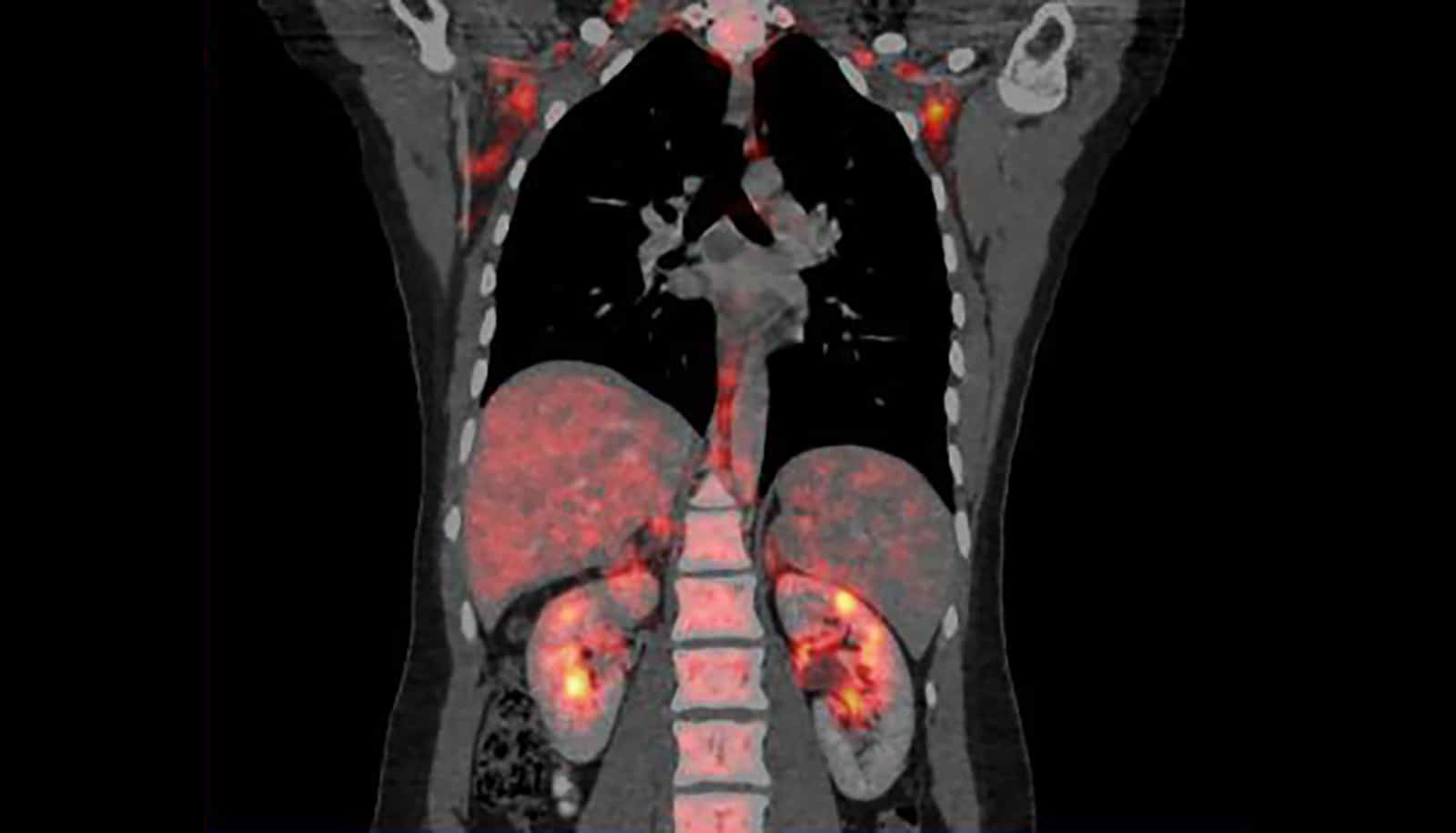New research clarifies how white fat, which stores excess energy, can become brown fat, which dissipates energy through the production of heat.
This process, called “beigeing,” is initiated in humans and other mammals in response to cold conditions as the body attempts to maintain proper temperature. After an initial shivering response to cold, a nonshivering phase occurs, in which brown adipose tissue (BAT), or brown fat is activated for heat production through a process called thermogenesis.
The research presents an opportunity to harness the temperature-regulating (or thermogenic) potential of these tissues in the fight against obesity and type 2 diabetes, says biology professor Hang Shi of Georgia State University.
“Obesity is all about the energy imbalance caused by energy/food intake that exceeds energy expenditure,” he says. “By activating the sympathetic nerves that control white adipose tissue, we can increase the expenditure of energy in the body.”
While many past studies have examined the genetic factors that regulate the function of brown fat in the body, Shi and his team are looking at the role epigenetic mechanisms play in the process. Epigenetics is the study of changes in organisms that result from how the environment affects the ways genes express an individual’s genetic code rather than alteration of the genetic code itself.
For the study in Physiological Reports, Shi and his collaborators injected laboratory mice with a chemical neurotoxin to allow them to study how sympathetic nerves regulate beige cell formation in increasingly cold temperatures. The researchers were surprised to observe that the mice were able to compensate for a lack of functional brown fat by converting white fat to beigeing adipose cells, thereby maintaining a normal body temperature.
“Our previous work demonstrated the importance of brown fat function in energy metabolism,” Shi says. “But the current study builds on that and shows that a loss of brown fat function is not fatal in cold temperatures. We see that this loss of brown fat can be compensated by the beigeing of white fat cells through the sympathetic nerves.
Shi’s lab is now exploring the epigenetic pathways that may mediate the development of obesity. The team will focus on brown fat, a mitochondria-packed tissue that burns energy rather than storing it, as white fat does. Mitochondria are the parts of cells that turn sugars, fats, and proteins into forms of chemical energy.
Source: Georgia State University



